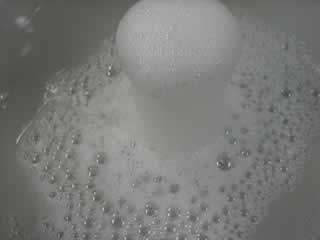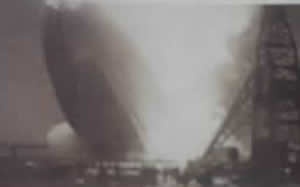Some common gases.
Hydrogen, oxygen and carbon dioxide .

One way to identify carbon dioxide is to place a burning match in the container. If the flame goes out then most likely carbon dioxide gas is present. Click to see a 120kb video.
Oxygen gas, like carbon dioxide,
is a colourless, odorless gas that supports combustion. In other words
oxygen supports burning. Without oxygen there would be no fires. Oxygen
can be identified by placing a glowing, red hot candle wick in the container.
If the wick erupts into flames then oxygen gas is most likely present.
Click to see a 300kb video.
Oxygen is also responsible for the rusting of metals. Rusting can be greatly increased by heating the metal before placing it in pure oxygen. Click to see a 120kb video and note the amount of heat released by the rusting process.
Invetigation.
Yeast are a fungus that are used in bread making. Why are yeast used to make bread? Click for more information.
A candle that burns in a sealed
bottle soon goes out. Why?
Firemen say never to open doors and windows when a fire is burning fiercely
inside a room. Does this make sense? What are we trying to keep away from
the fire by keeping the doors and windows closed ?

What was the Hindenberg disaster? What gas was responsible? Why was this gas used in the first place?
Where else is hydrogen used? Click